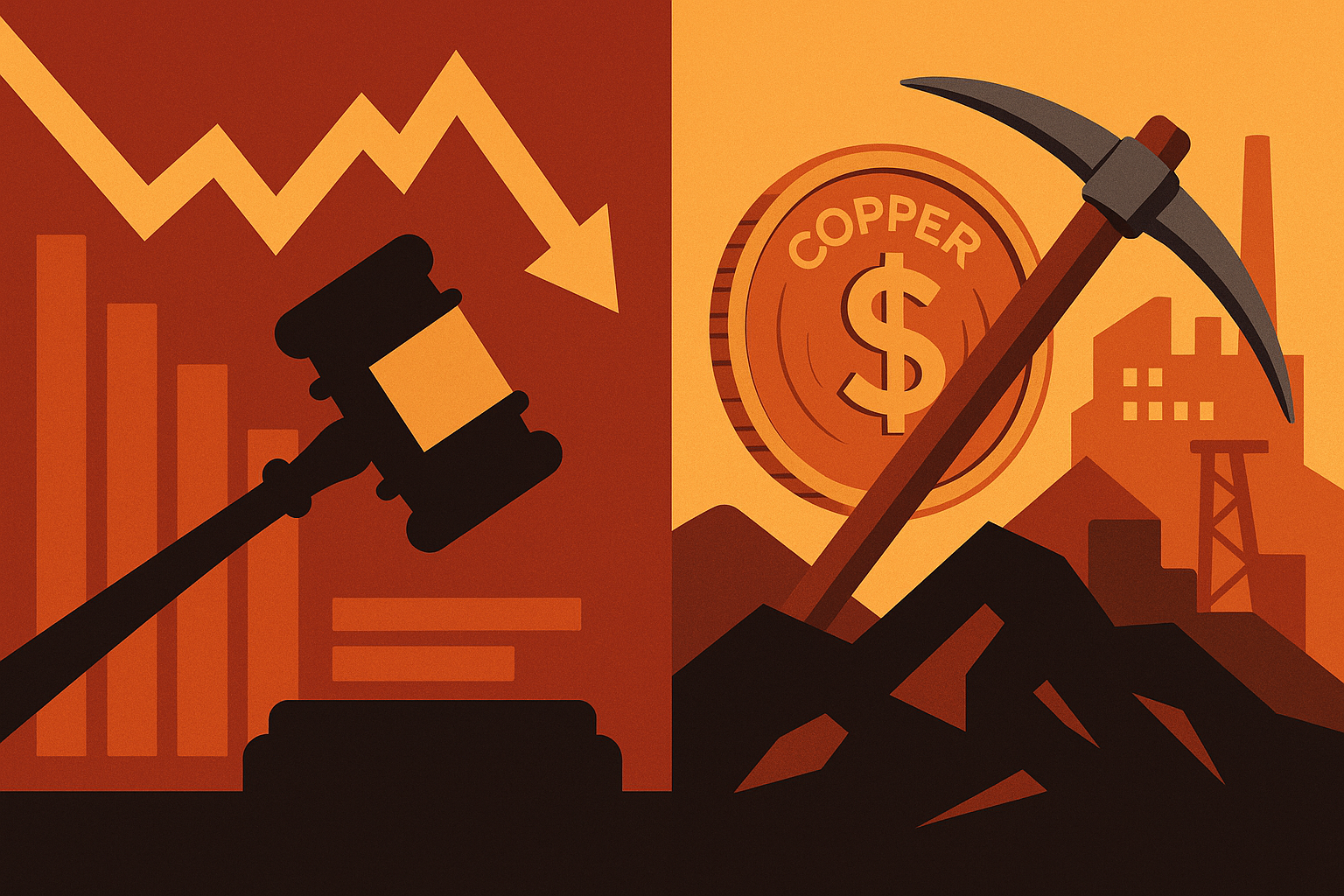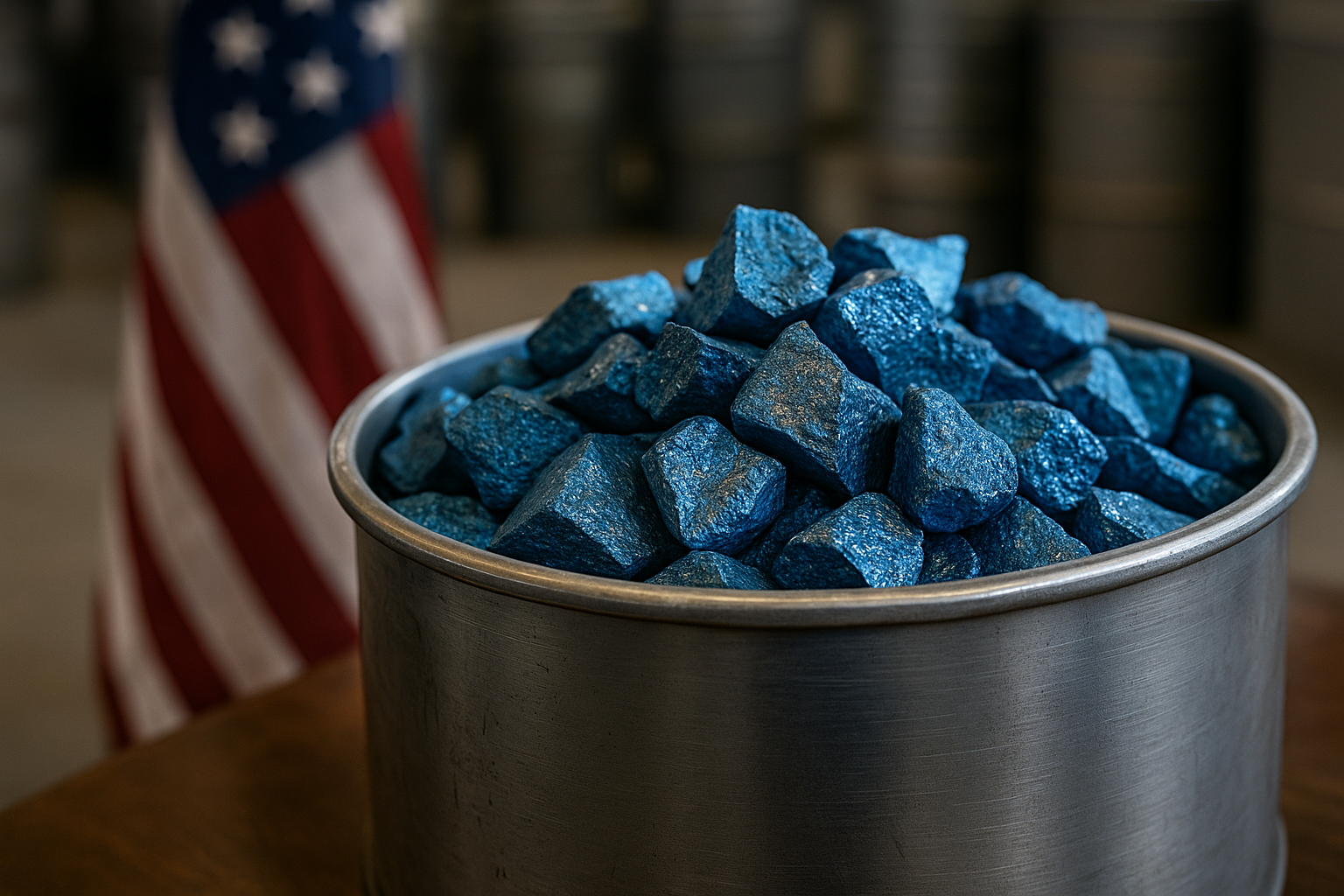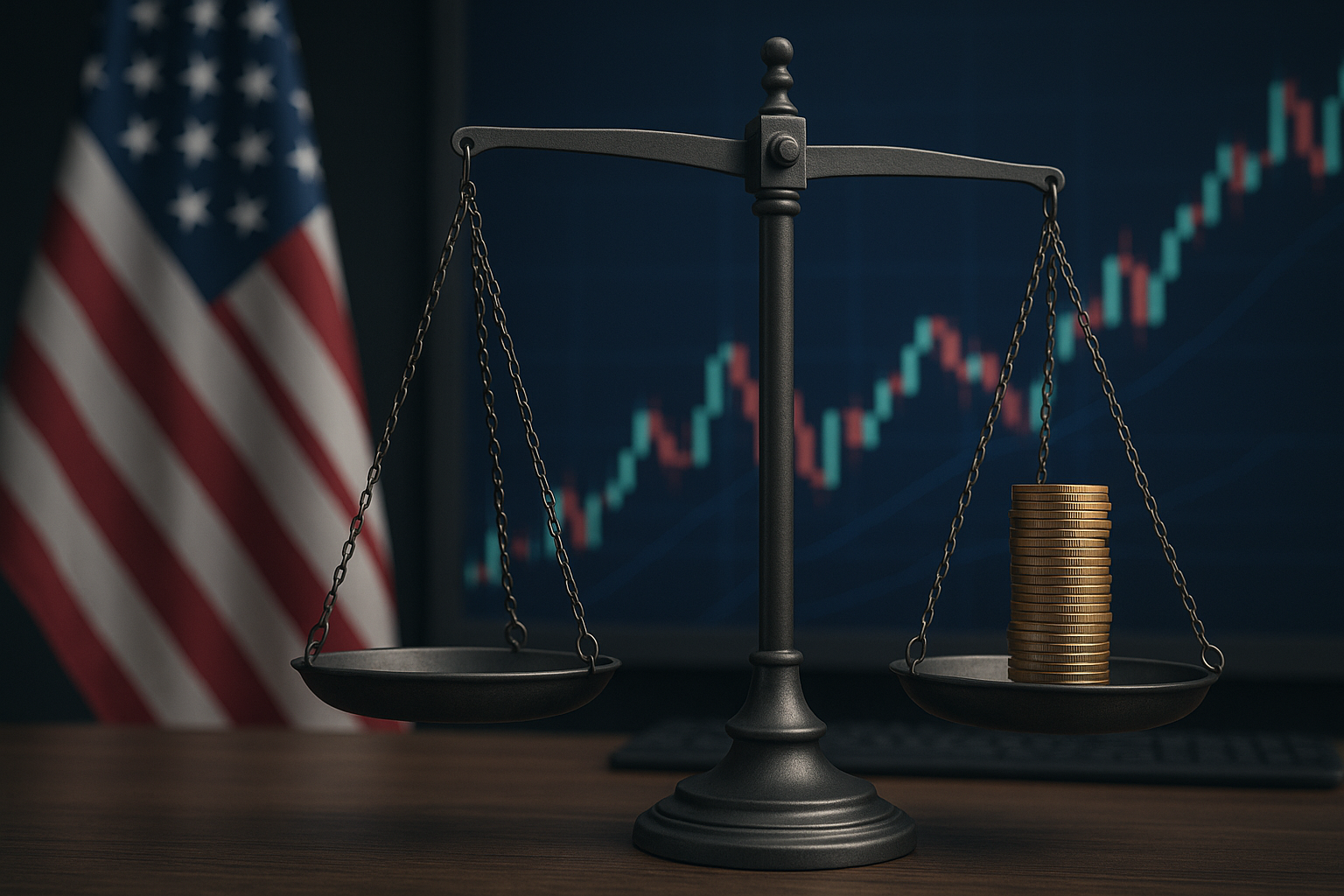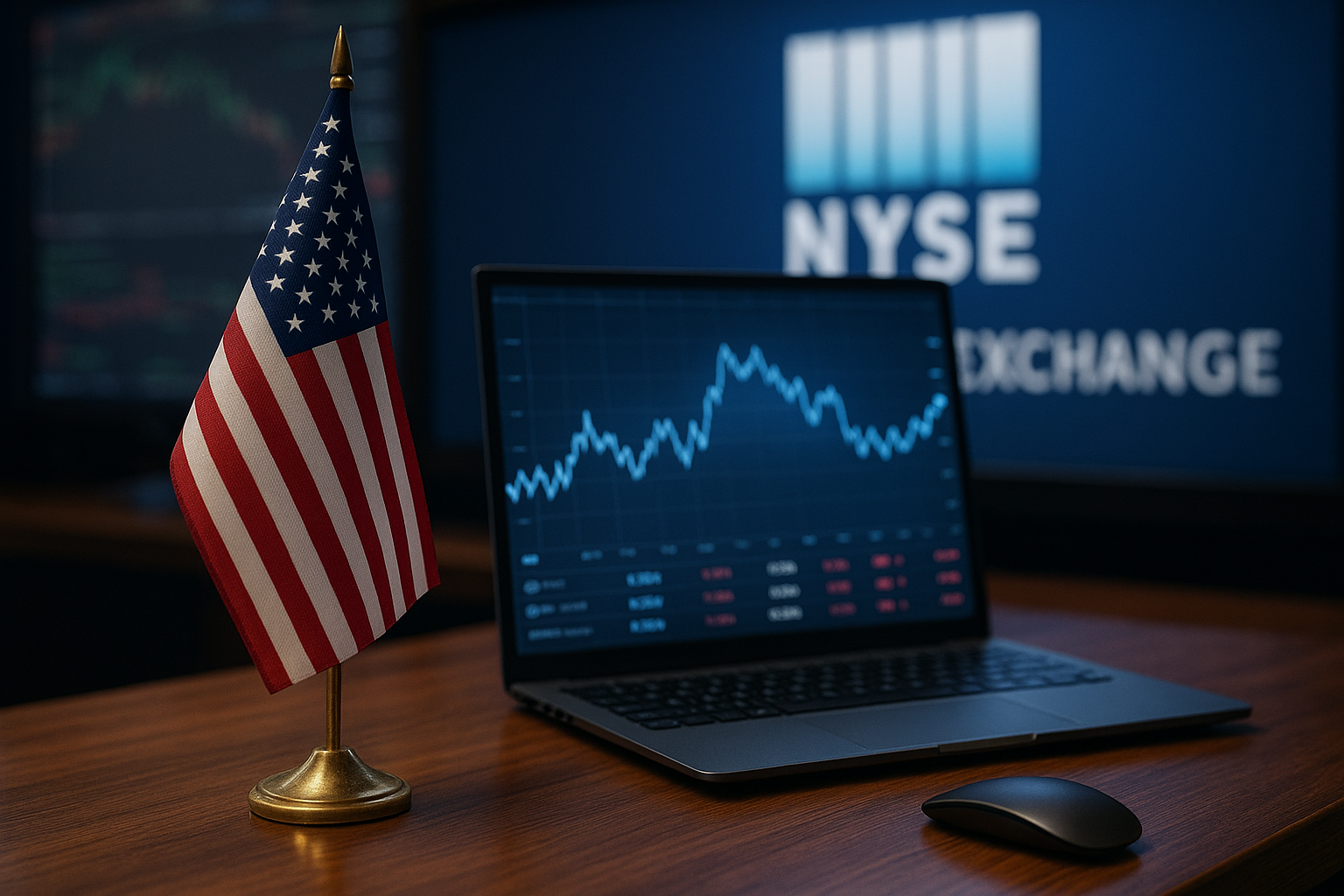The global commodities market jolted awake this morning as U.S. President Trump imposed a 50% tariff on copper imports, sending shockwaves across futures markets and reigniting inflation fears. Copper futures surged in early trading, touching their highest levels since January, but the rally hasn’t translated across the board—mining equities underperformed sharply, dragged down by rising input costs, export uncertainty, and geopolitical jitters.
The move—part of the administration’s broader strategy to boost domestic industrial resilience—has sparked fresh volatility in an already choppy market. Investors are now caught in the crosscurrents of commodity inflation and equity weakness, questioning whether this price surge is a tactical opportunity or a policy-driven mirage.
A Sharp Divergence: Commodities Surge, Stocks Stumble
Copper futures climbed nearly 3.8% to $4.76 per pound on the COMEX by mid-morning, their steepest single-day gain in over two months. Analysts from Goldman Sachs called it a “tariff tailwind,” noting that the U.S. imports approximately 700,000 metric tons of copper annually, primarily from Latin America. A 50% levy, they estimate, could create a supply squeeze worth $3.5 billion annually—if import substitution fails to bridge the gap.
However, the rally did little to lift major copper miners. Shares of Freeport-McMoRan (FCX) fell 2.1%, while Southern Copper (SCCO) slid 1.7%. The Global X Copper Miners ETF (COPX) also closed the day in the red, down 1.4%.
Why the disconnect? Investors appear wary of escalating regulatory burdens, potential retaliatory tariffs, and logistical complications that could weigh on profits. “This is a futures-led rally, not an operational one,” said Angela Li, commodity strategist at JPMorgan, on CNBC. “Equity markets are signaling that producers may not fully capitalize on spot price gains due to policy friction.”
Why This Matters for Investors
This sharp divergence highlights a growing theme in today’s market: commodities are not always proxies for company performance. While copper itself benefits from higher tariffs through constrained supply, mining companies face multi-front challenges—cost inflation, ESG compliance pressure, and now, trade complications.
Moreover, the copper market is central to several investment themes—from electric vehicles and data centers to green infrastructure. As the metal becomes a geopolitical pawn, price volatility is likely to rise, making unhedged equity exposure increasingly risky.
According to data from the London Metal Exchange, speculative long positions in copper are at a 12-month high, suggesting that institutional investors are betting on further upward momentum—but mostly via derivatives, not direct stock holdings.
Future Trends to Watch
1. Supply Chain Realignment
Domestic smelters and refiners may benefit if the U.S. prioritizes “Buy American” sourcing. Look for names with U.S.-based operations and limited overseas exposure.
2. EM Trade Relations
Latin American countries—particularly Chile and Peru—may seek alternative markets or retaliate. This could reshape global copper flows and create regional winners and losers in both equities and ETFs.
3. Industrial Policy Impact
With election-year politics heating up, trade and industrial subsidies are increasingly weaponized. Stay tuned to developments from the Commerce Department and Office of the U.S. Trade Representative (USTR) for clues on which sectors may be next.
Key Investment Insight
For investors seeking exposure to rising copper prices without the equity risk, consider diversified metal and commodity ETFs such as:
- iPath Series B Bloomberg Copper Subindex Total Return ETN (JJC)
- Invesco DB Base Metals Fund (DBB)
- SPDR S&P Metals & Mining ETF (XME) for broader sector coverage
Alternatively, explore hedged strategies or options overlays on mining stocks to buffer against downside while retaining upside potential.
Avoid overexposure to single-name miners with high emerging market dependencies or significant regulatory risk, and instead focus on asset-light, geographically diversified plays.
Investors navigating today’s tariff-fueled volatility must look beyond headlines and trade on fundamentals, policy alignment, and global supply dynamics. As copper becomes both a commodity and a geopolitical tool, the smartest money is finding ways to profit—without getting caught in the political crossfire.
Stay informed with MoneyNews.Today for real-time updates, expert analysis, and trusted insights into what’s truly moving the markets.





